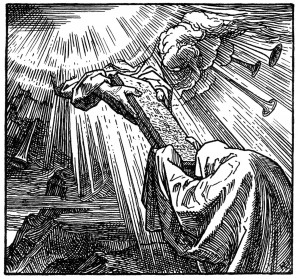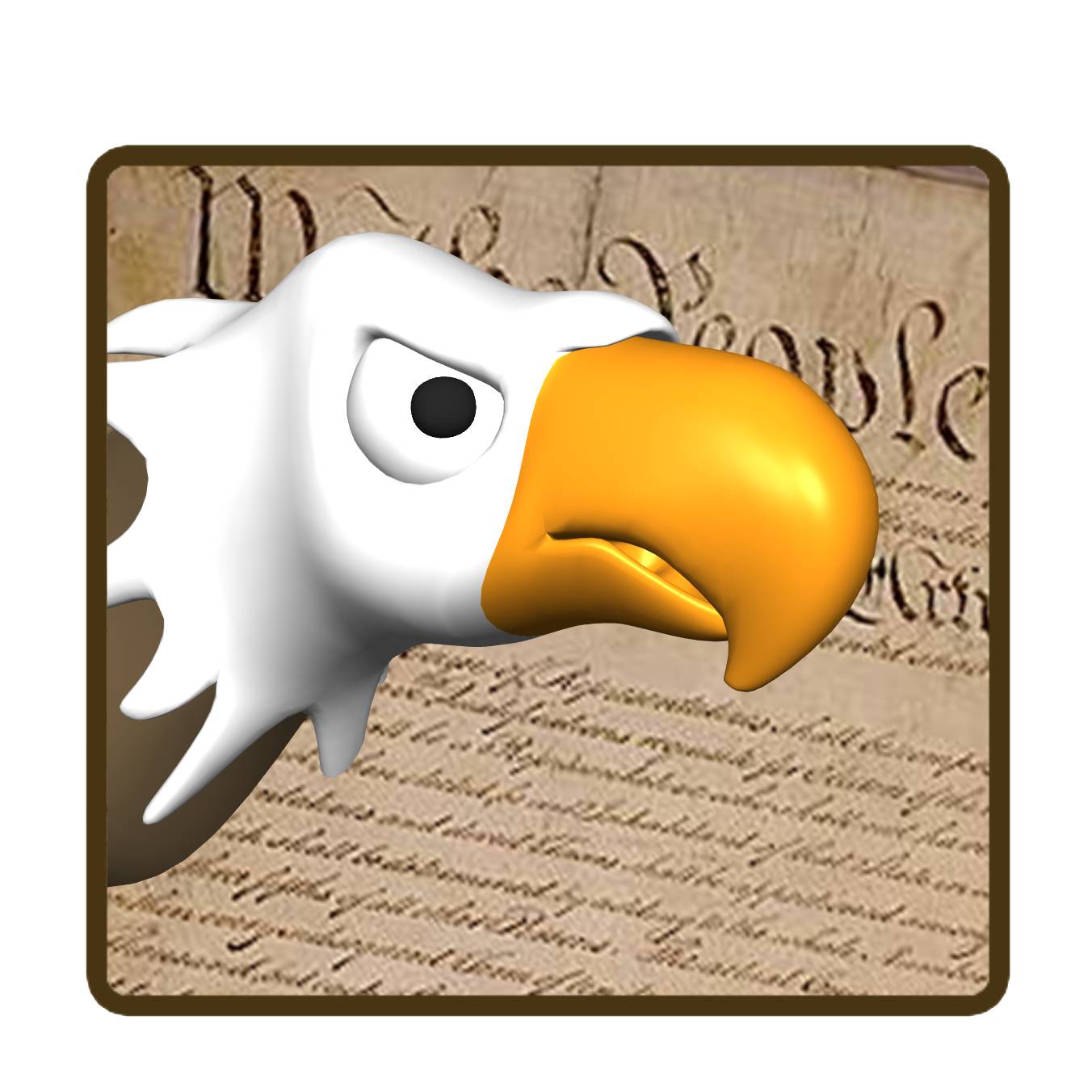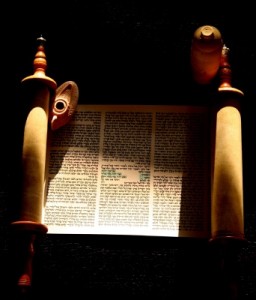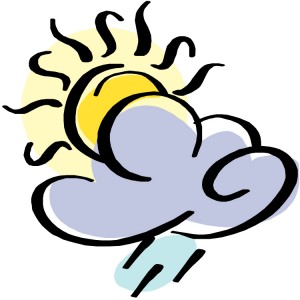The Torah Covenant Is the First or Former Covenant;
The Abrahamic and Mosaic Covenants Are Subsections of the Torah Covenant
The Torah, the first five books of the Bible, is the chronicle of YHVH giving man instructions to follow, and of his entering into covenantal relationships with men and men either keeping those agreements or breaking them.
The word Torah means “instructions, teaching or precepts; specifically in biblical context: the teachings or instructions of YHVH to lead men into a righteous relationship with him through covenantal agreement.” The Torah is a giant b’rit or covenant. The Torah in a number of places even refers to itself by the Hebrew word b’rit or covenant. We see this in the following passages:
Exodus 34:27, And YHVH said unto Moses, Write you these words: for after the tenor of these words I have made a covenant with thee and with Israel.
Deuteronomy 29:1, These are the words of the covenant, which YHVH commanded Moses to make with the children of Israel in the land of Moab, beside the covenant which he made with them in Horeb.
The Torah is not unlike an instruction manual one might receive from the manufacturer of an automobile, computer or some such device to help the buyer to operate his new purchase in a manner that allows him to receive years of trouble-free service. The Torah is YHVH’s instruction manual to help man to live in a way that brings life and blessing; it helps man to enter into a loving relationship with his Creator and to have a trouble-free relationship with his fellow man.
Within the first five books of the Torah-covenant are several smaller covenantal subdivisions such as the Abrahamic and the Sinaitic or Mosaic Covenants. The Theological Wordbook of the Old Testament (TWOT) describes this as follows, “Deuteronomy 29:13-14 shows the Sinaitic Covenant was an extension of the Abrahamic Covenant…. The Sinai renewal merely stressed man’s responsibility where the Abrahamic Covenant emphasized Elohim’s promise… The Priestly Covenant of Num 25:12-13, the Davidic Covenant of 2 Sam 7 and the New Covenant of Jer 31:31 are all administrative aspects of the same covenant, Elohim’s Covenant of grace. This covenant reaches its climax at the Incarnation where [Messiah] representing his people fulfilled all the stipulations of the covenant and bore the curse they deserved for breaking it” (p. 129).
The Torah is a covenant with various “administrative aspects” or subdivisions. Each succeeding covenant builds upon the previous covenant without canceling out the requirements or provisions of the previous covenant. Such is consistent with the character and nature of YHVH Elohim. He is not a man that he should lie (Num. 23:19). When he gives his word he keeps it, even up to 1000 generations (that is 40-50,000 years!) (Ps 105:6-11). He declares that he does not change (Mal 3:6) and that he is the same yesterday, today and forever (Heb 13:8). He is not a respecter of persons who makes a covenant with one people-group (e.g. the Jews) and another covenant with another people-group (e.g. the Gentiles) each with its own contradictory set of salvation requirements and standards of righteousness (Acts 10:34). In YHVH’s spiritual economy, there is one law, one set of standards, one covenant for both the Israelite and the Gentile (Exod 12:49; Num 15:16; Eph 2:11-16). Again, his laws and covenants are a reflection of his divine nature and character. He cannot oppose himself. He is not double-minded, like man. He is not the sort of (spiritual) well that spouts forth both salty and fresh water to which the Apostle James makes reference in his epistle. YHVH is perfect, righteous and immutable.
Next, we will briefly discuss the uniqueness of the New Covenant as it relates to the Torah Covenant(s).







